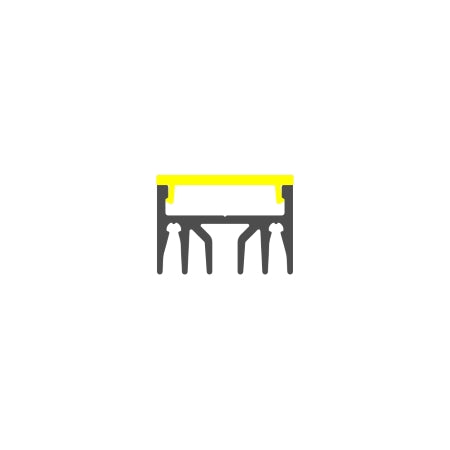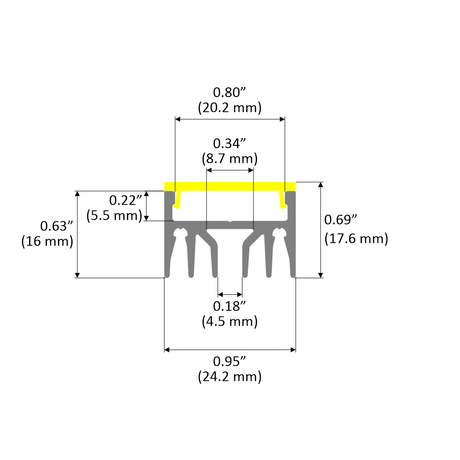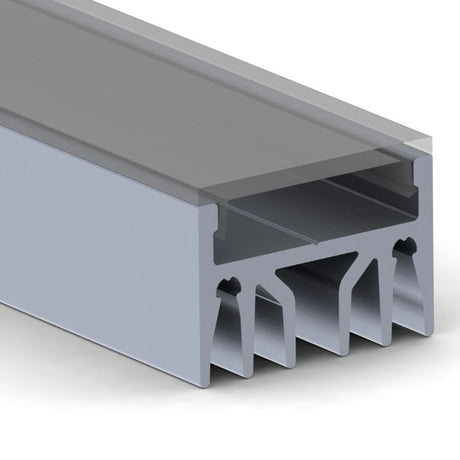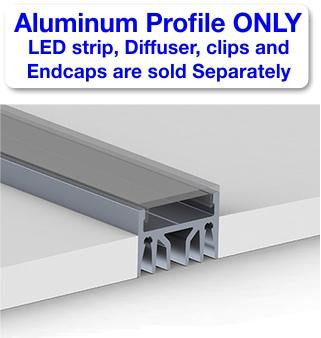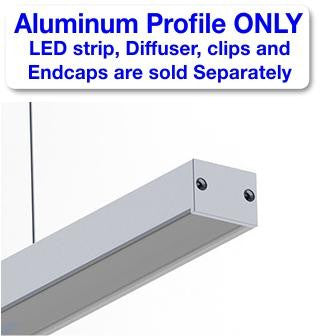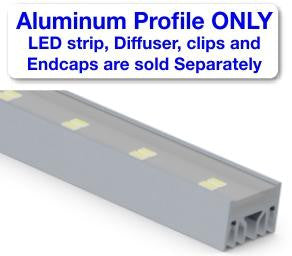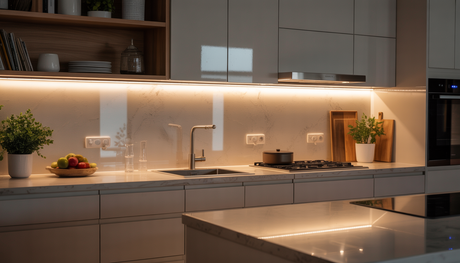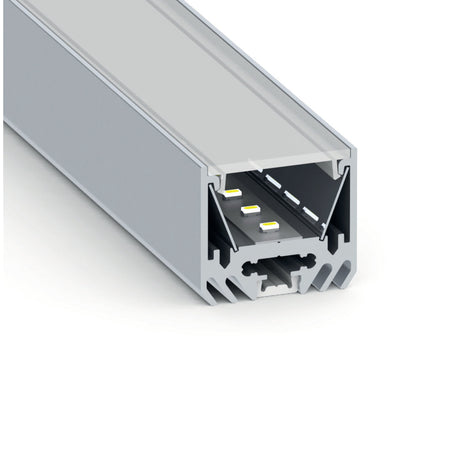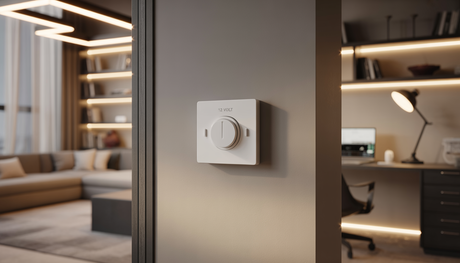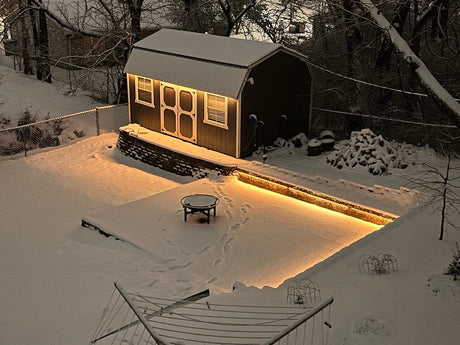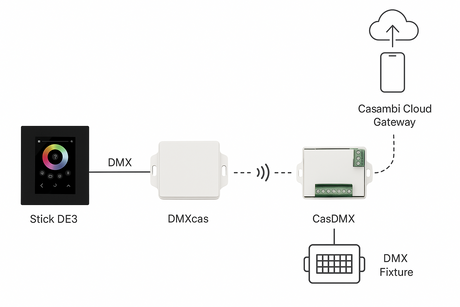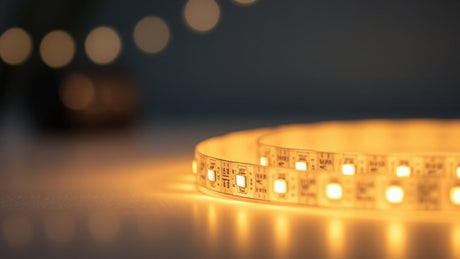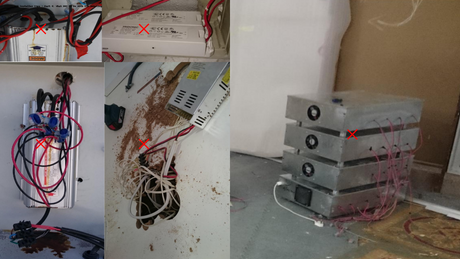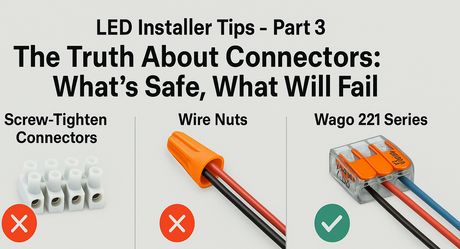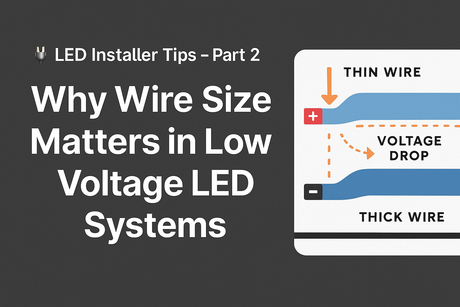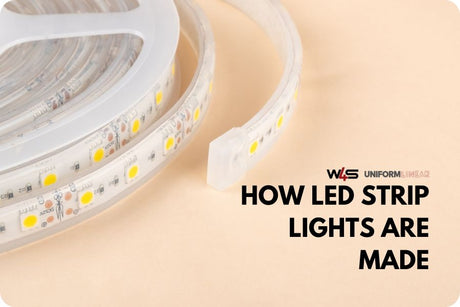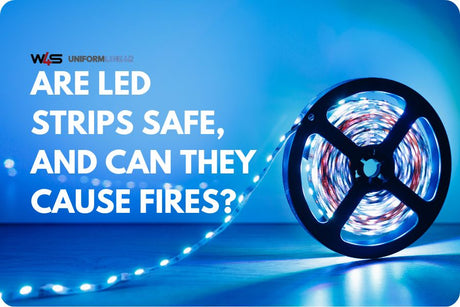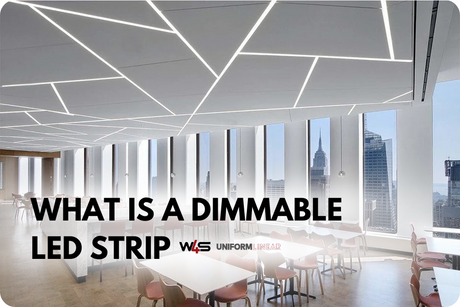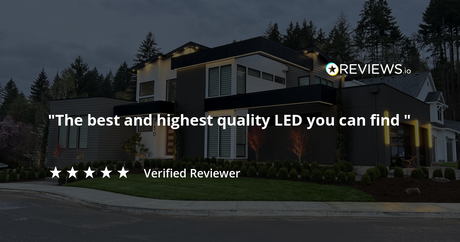Introduction
LED strip lights are a go-to solution for enhancing residential, commercial, and creative spaces thanks to their efficiency, versatility, and sleek design. However, an often-overlooked component—the heatsink—can significantly impact their performance and durability. In this article, we explore the importance of LED strip heatsinks, their advantages and limitations, and what users are saying about them.
Why Use a Heatsink with LED Strip Lights?
A heatsink is a passive thermal management device designed to draw heat away from electronics—in this case, LED strips. Without proper heat dissipation, LED strip lights can overheat, leading to reduced brightness, color shifting, or premature failure.
Benefits of LED Strip Heatsinks
- Extends Lifespan: Helps preserve internal components, potentially doubling LED life.
- Maintains Performance: Ensures consistent brightness and color rendering.
- Improves Efficiency: Cooler operating conditions allow better energy use.
Drawbacks to Consider
- Added Cost: Especially noticeable in large-scale installations.
- Installation Complexity: Some heatsinks need precise fitting or tools.
- Aesthetic Trade-offs: May affect design if not well-integrated.
Types of LED Strip Heatsinks
1. Passive Heatsinks
- Pros: Silent, energy-efficient, no moving parts.
- Cons: Less effective in tight or hot spaces.
2. Active Heatsinks
- Pros: Excellent heat control using fans or liquid cooling.
- Cons: Requires power, can produce noise.
3. Integrated Heatsinks
- Pros: Compact and streamlined into LED channels.
- Cons: Limited flexibility or upgrade options.
Real User Experiences
“I installed heatsinks on all my LED strips, and the difference in performance is remarkable. They run cooler and brighter than before.” – Reddit user
“While heatsinks are effective, they can be a bit pricey, especially when outfitting a large space.” – G2 reviewer
“Without a heatsink, my kitchen strips started flickering after just a few months. After adding one, everything stabilized.” – Reddit comment
“As a designer, I always recommend integrated heatsinks. They keep the lines clean and the lights performing optimally.” – Interior designer on G2
Choosing the Right Heatsink: What to Consider
Size and Design
- Pros: Compact options suit tight spaces; proper sizing improves performance.
- Cons: Oversized units may not fit; complex shapes may be harder to install.
Material
- Aluminum: Lightweight and cost-effective.
- Copper: Excellent thermal performance but more expensive.
Mounting Style
- Clip-on: Easy to install, ideal for quick setups.
- Screw-on: More secure for permanent or high-heat applications.
Do You Really Need a Heatsink?
In most cases—yes. If your LED strip lights will be used in enclosed channels, high-output runs, or warm environments, a heatsink is not just recommended—it’s essential. Skipping this step can result in early failure, reduced performance, and even voided warranties.
Final Thoughts
LED strip heatsinks might seem like a small detail, but they make a big difference in performance, safety, and lifespan. Whether you're lighting up a kitchen, showcasing products, or designing ambient environments, integrating the right heatsink ensures your LED lighting investment performs beautifully over time.
Looking for high-quality LED strip heatsinks and aluminum profiles? Browse our selection at www.wired4signsusa.com or email us at info@w4susa.com for expert assistance.

